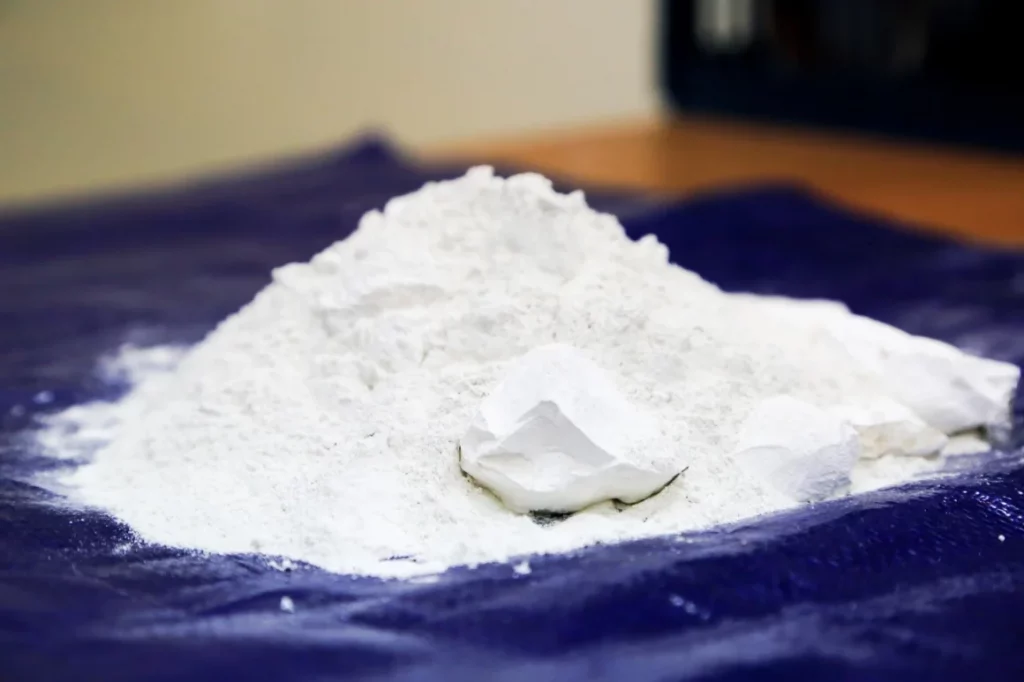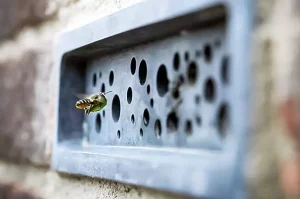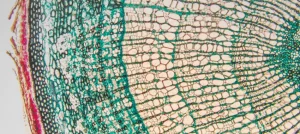Ordinary Portland cement is available worldwide and has become the most widely used material in construction. Engineers have been educated in its use not only for civil engineering but also for building and construction, and guidance for its use is widely available. During the past years, with society’s developing conscience on sustainability, lots of fingers have been pointed towards Portland cement because of its tremendous environmental footprint. Despite this, one must admit that the popularity of this material is one that has been well earned because of many outstanding properties, such as great strength, durability and how easily it can be manipulated even by unskilled workers. However, other special characteristics can bring disadvantages in general building purposes, like its stiffness and lack of permeability. Portland cement did not exist until recently, this article will go over its origins in order to properly understand this material before demonizing it. We’ll start by talking about the mother material of Portland cement: lime.
Lime has been present in society for thousands of years, being the main character in construction throughout some of the most technologically-fascinating cultures such as Ancient Egypt, Ancient Greece and the Roman Empire. The Romans were without a doubt the MVPs of the lime construction game, having built breathtaking structures with lime concrete that still stand today, such as the Roman Pantheon.

With the fall of the Roman empire all of that knowledge and craftsmanship was lost and, since then, tremendous efforts have been made to recover it. For centuries, many studies were carried out to investigate hydraulicity and pozzolanic addition, amongst others. In 1824 Joseph Aspdin made and patented Portland Cement, and from that moment on, Portland cement has eclipsed all other families of cement and cementatious materials.
As a construction nerd I’m really excited to read about all of the fancy investigations going on in the cement sector (CO2 mineralization, alkaline activation, plant-based pozzolans, …) but there’s a gap in knowledge that’s not letting us see the more direct and simple environmental improvements that could be done. Hereunder I’ll walk the reader through the evolution of ancient lime use up until Portland cement, with the intention of exposing the close relation between what is believed to be a sustainability hero (lime) and a supposedly environmental demon (Portland cement).
Air Lime
We call air lime the pure lime that comes in a white powder. It’s given this name because this kind of lime sets (which means that it hardens) in the presence of air (CO2, actually) in a process called carbonation.

The process to obtain air lime is as follows:
1. The raw material is limestone, one of the most abundant mineral resources In the world. In this case, limestone will have to be of a very high purity, constituted at least by 95% of Calcium Carbonate (CaCO3). This stone is grinded and put in an oven to around 800-900ºC where the stone is calcined. This is the exact chemical reaction that goes on:

2. The products obtained are carbon dioxide, which is typically released back to the atmosphere, and hot lime or quick lime (CaO). Hot lime is extremely unstable and dangerous to handle, so before putting it into use, it needs to be slaked. Slaking is a hydration process where hot lime is mixed with water in order to stabilize it again. This process is extremely exothermic, actually so much that I’m linking a video for you so you can appreciate the amount of heat that’s released. This is the chemical reaction that takes place:

3. Ca(OH)2 is what we called slaked lime or air lime. During the slaking process you can go one of two ways. You can decide to use the exact amount of water just to remove its “reactive power”, in which case you are left with a white dust. (Posteriormente) this dust can be mixed with water to make mortars or paints. The second option during slaking is to use an excess of water to kind of create that mortar right on the spot. Mortars made this way show way better properties, and the more time it’s left slaking (sometimes months), the better workability it’ll have. Once the mortar (or paint, or plaster) is put into use, the air lime present in it starts to harden in the presence of air through a carbonation process as follows:

Have you noticed we ended up with calcium carbonate again? This beautiful loop is what is called the lime cycle. The original limestone returns to its initial form, although in another format.

If you’ve understood air lime and its 3 processes, understanding the rest of variations will be a piece of cake.
Hydraulic Lime
This format of lime gets its name because it sets (hardens) in the presence of water and at a faster rate than air lime. Hydraulicity gives it better mechanical and performing properties than air lime. In this case, the raw material is limestone mixed with impurities, which are called clays. These clays basically contain silica, alumina, and sometimes even magnesia, and those clays is what gives the material its hydraulicity. Besides this, the manufacturing process is very similar to air lime: raw material is calcined at 800-900ºC, the resulting product is hydrated (with water), and when put into use in buildings it carbonates.
Natural cement
Natural cements are very similar to hydraulic limes but have 2 main differences. The raw material is again limestone with impurities (clays) but, in order to obtain natural cements, impurities need to be over 25% of the initial stone while for hydraulic limes it stays below 25%. Secondly, the material is calcined at temperatures over 1400ºC in order to obtain clinker. Clinker is made up of a variety of substances, some of which are alite (tricalcium silicate, Ca3SiO5) and belite (dicalcium silicate, Ca2SiO4). Alite is the main responsible for setting (hardening) speed and initial strength, and belite sets at lower speed but contributes to strength after the first 7 days of setting. These chemical compounds can only appear at this sort of calcination temperatures because up until 1000ºC, limestone (calcium carbonate, CaO3) only dissociates to form CaO and it’s from 1000ºC onwards that CaO reacts with the clays to form alite and belite.
Portland Cement
Portland cements are conceptually the same as natural cements with the only difference that the clay present in the raw material aren’t natural (not mined) but rather man made. In other words, what’s put in the oven to calcine isn’t only rocks but limestone and a bunch of man made materials that make up for the key components that are needed from natural clays, such as silica or alumina.
To synthesize all of the information about the different families of limes and cements, this is a diagram that (parte de) the lime cycle and helps to show the different variations between all of them.

What the future of cement is? I could not tell you. But I do believe that Portland cement is being used in a very automated and wasteful way. As you’ve seen there’s a wide range of binders that can be used, each with its specific characteristics and uses, but lack of knowledge keeps us from making correctly informed decisions. The carbon footprint associated to Portland cement isn’t huge, but the abhorrent quantities produced annually is what makes its impact go through the roof. Understanding this material and its possibilities could help reduce those quantities.
The social issue towards this material has grown because of environmental consciousness, but there are a few points on this matter that need to be clarified. When talking about decarbonizing the construction sector, one of the biggest myths lies in blaming it all on the construction materials. Of course this would be the easiest solution; identifying some materials as “good” (low carbon footprint) and others as “bad” (high carbon footprint), right? But following this logic, would it be correct to choose a “good” material over a “bad” one if the former forces me to build 10 beams and the latter only 5? Durability and maintenance also influence the overall carbon footprint of a building, and (unfortunately) unprocessed materials tend to have a greater associated cost than industrialized ones. Another important point is end-of-life impact. The carbon cost of taking materials to a landfill is often double than that material’s initial carbon footprint, so criteria like dismountability or recyclability might be more important than choosing natural over processed. What I’d like to emphasize with all of this is that we cannot make global assumptions for “good” or “bad” material use because environmental management will always have to be carried out specifically for each individual project, in its specific context and taking into account its specific conditions. This is why digitalization is a lot more urgent than material selection.
The hate campaign against Portland cement has been heavy since the raise of environmentalism but, although I absolutely support all of the high-tech investigations carried out to lower its impact, I don’t think it’s all justified. Although its global impact is undeniable, Portland cement has become the symbol and cause of the evils of modern construction, an easy scapegoat for architectural and urbanistic excesses. I am not saying this issue should be ignored, but all the noise around Portland cement is driving people’s attention in the wrong direction.



